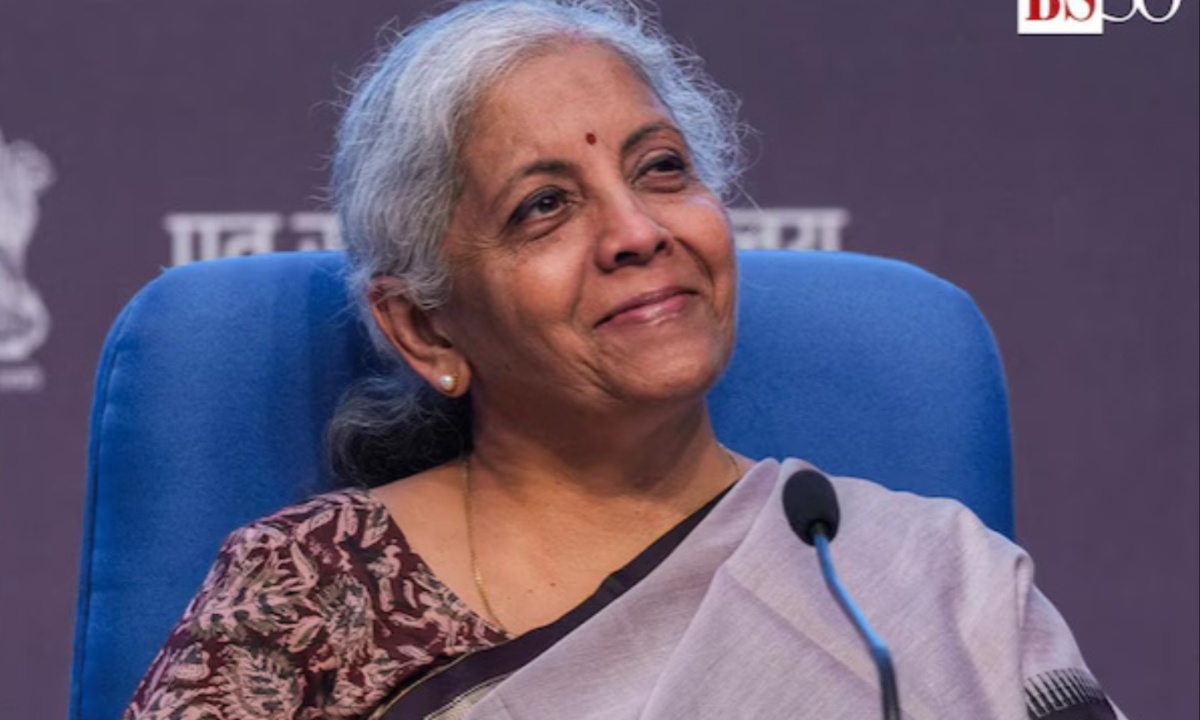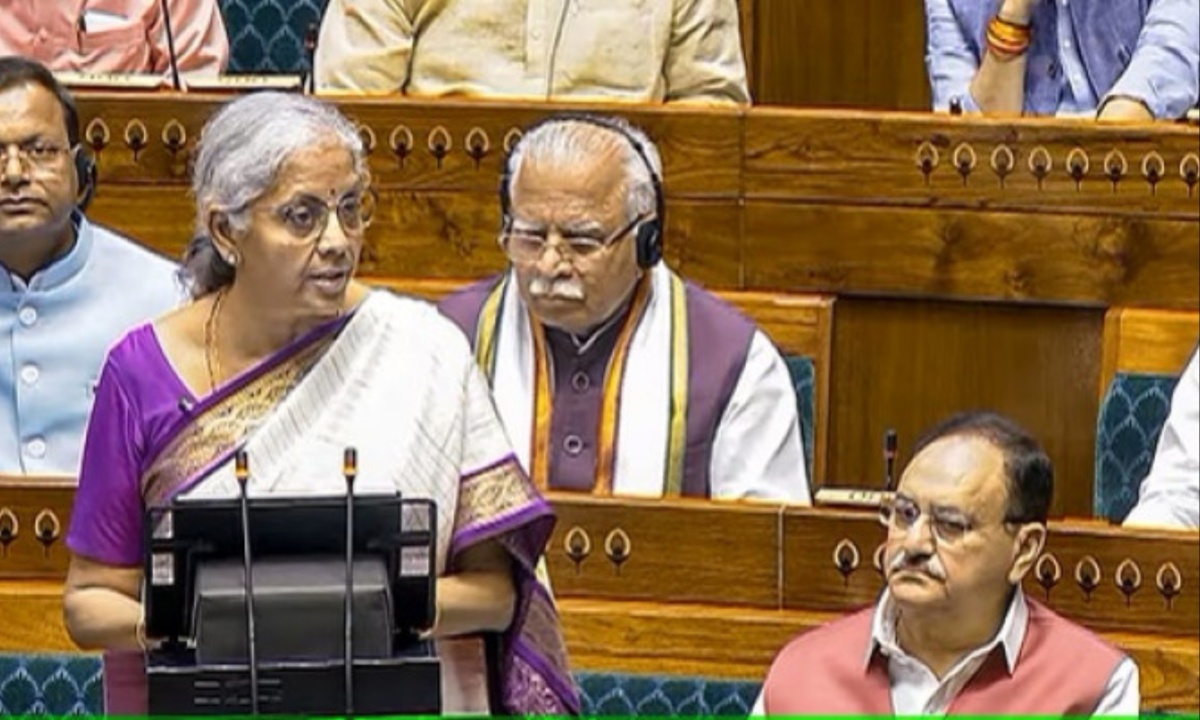Finance Minister Nirmala Sitharaman is set to present her seventh consecutive Budget, focusing on laying out a vision for a “Viksit Bharat” or developed India by 2047. This Budget will also offer an overview of the government’s performance over the past decade.
There is significant anticipation surrounding potential tax relief measures for the middle class, given the current tax buoyancy. Additionally, the market will be observing if the government maintains its fiscal discipline, aiming to reduce the fiscal deficit to 4.5% of GDP by 2025-26.
Sitharaman’s approach to presenting the Budget has evolved over the years. Her first Budget in 2019 marked a departure from tradition by replacing the leather briefcase with a red cloth-wrapped ‘bahi-khata’. This year’s Budget will continue the trend of being presented in a paperless format, which has been the practice for the last three years.

Sitharaman to Present Seventh Budget with Focus on Viksit Bharat Vision and Fiscal Discipline
For the upcoming fiscal year, the budgeted fiscal deficit is projected at 5.1%, a decrease from 5.8% in the previous year, reflecting improved tax buoyancy. The government aims to lower the fiscal deficit to 4.5% of GDP by FY26. Capital expenditure is planned at Rs 11.1 lakh crore, an increase from Rs 9.5 lakh crore the previous year, highlighting the government’s focus on infrastructure and incentivizing state investments.
Revenue projections are also notable, with the Interim Budget estimating gross tax revenue at Rs 38.31 lakh crore for 2024-25, representing an 11.46% growth from the previous fiscal year. This includes Rs 21.99 lakh crore from direct taxes and Rs 16.22 lakh crore from indirect taxes. GST collections are expected to rise to Rs 10.68 lakh crore, an increase of 11.6%, though the final numbers will be detailed in the Budget.
Other important figures include a gross borrowing target of Rs 14.13 lakh crore, which the market will scrutinize, especially in light of higher-than-expected dividends from the RBI and financial institutions.
Nominal GDP growth is estimated at 10.5% to Rs 327.7 trillion, with real GDP growth projected at 7.2%. The Budget will also address expected dividend revisions and revenues from CPSEs, as well as spending on key schemes and sectors like NREGA, health, and education.











































